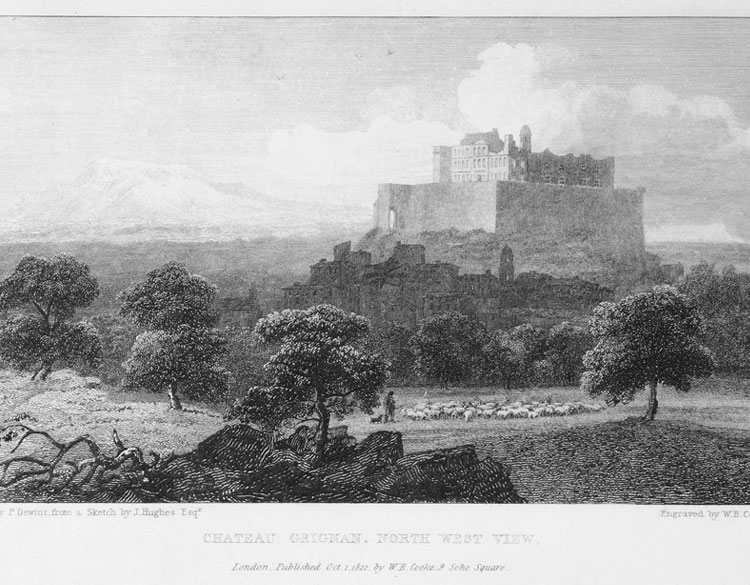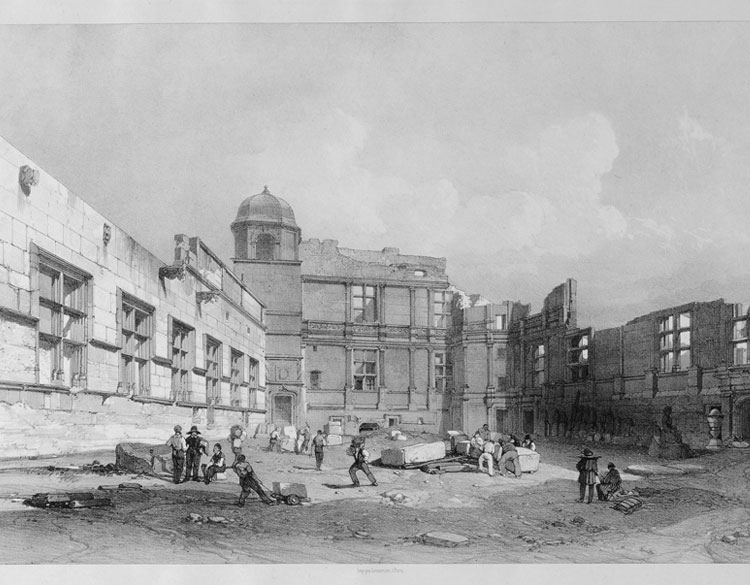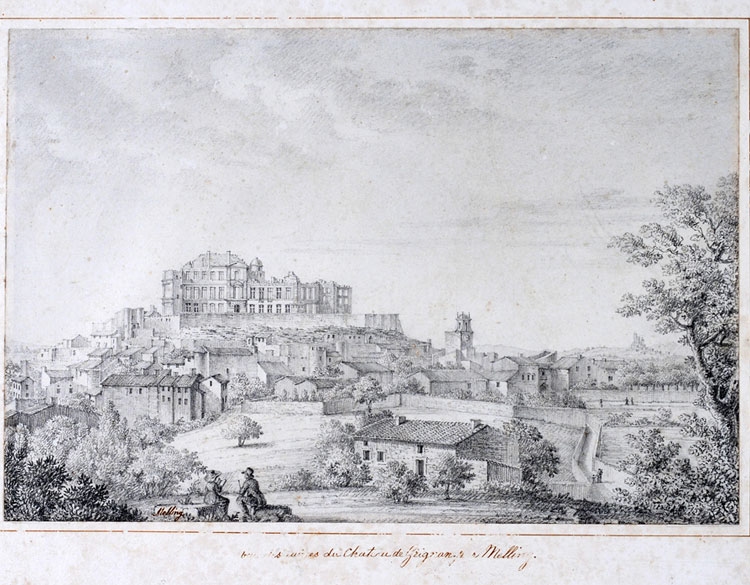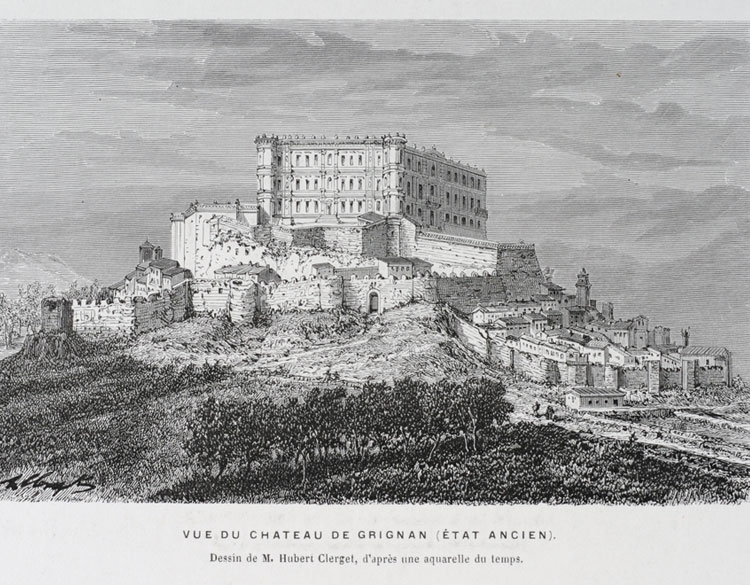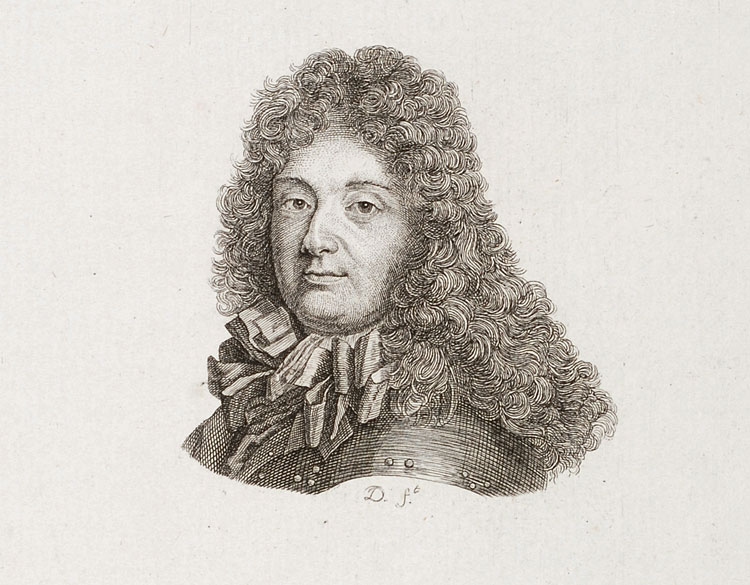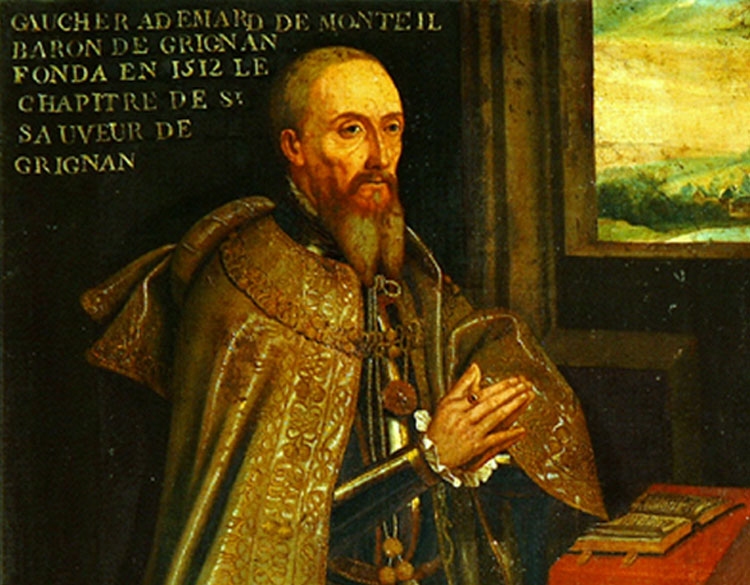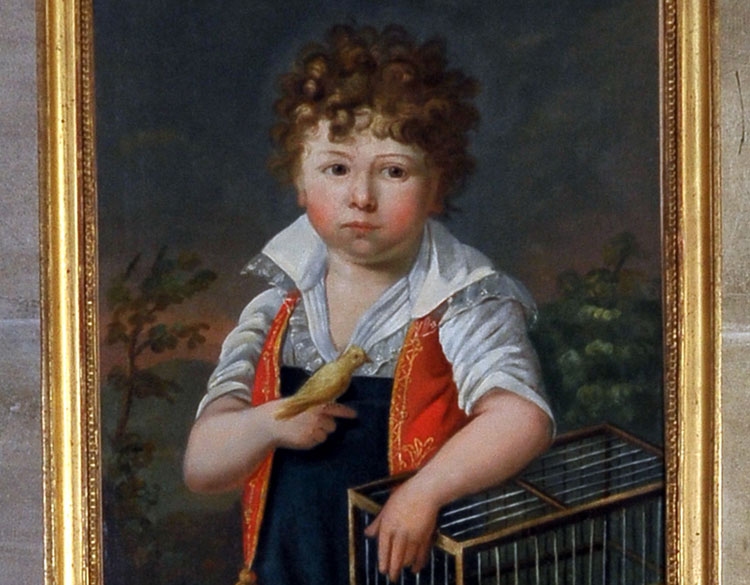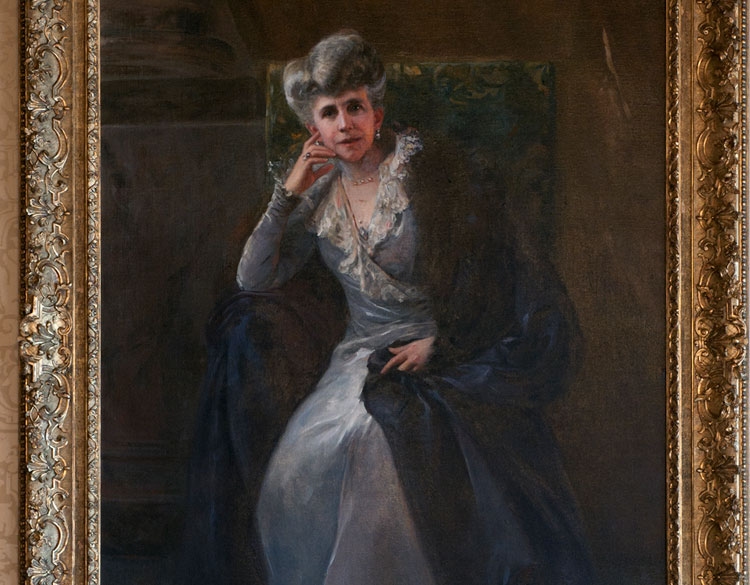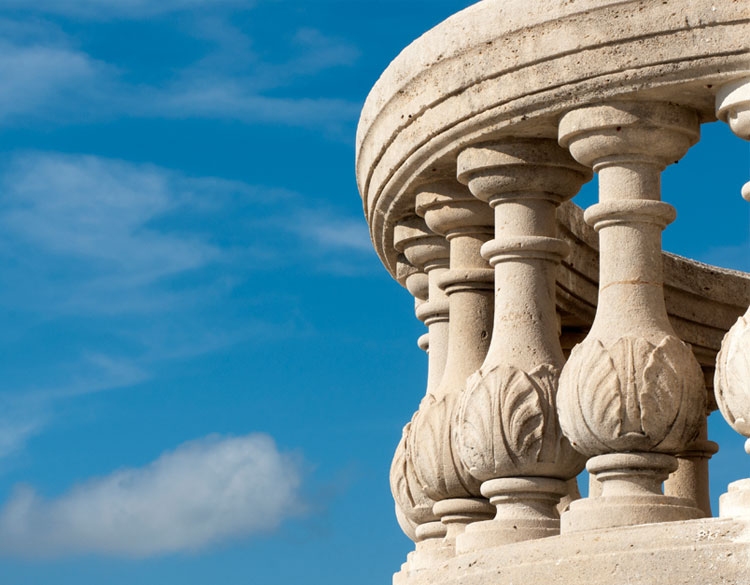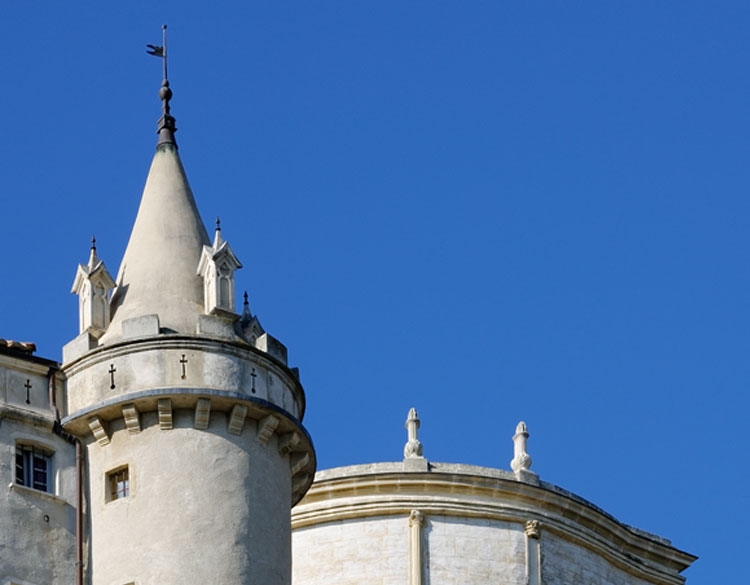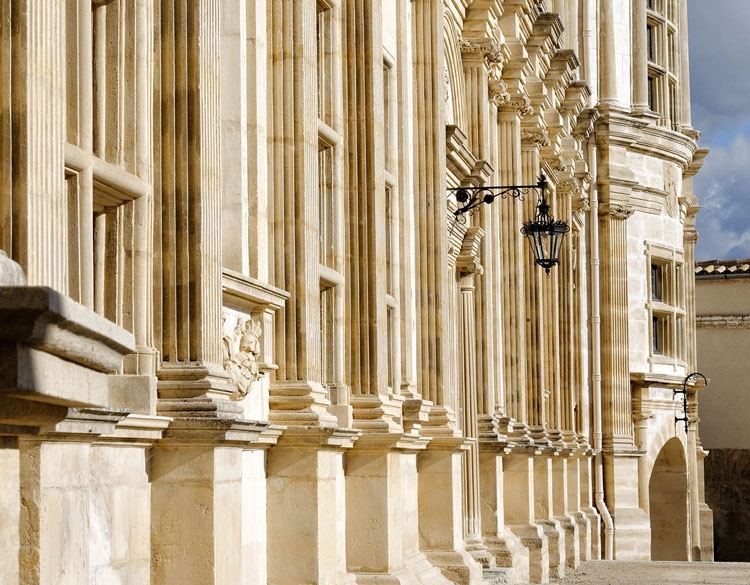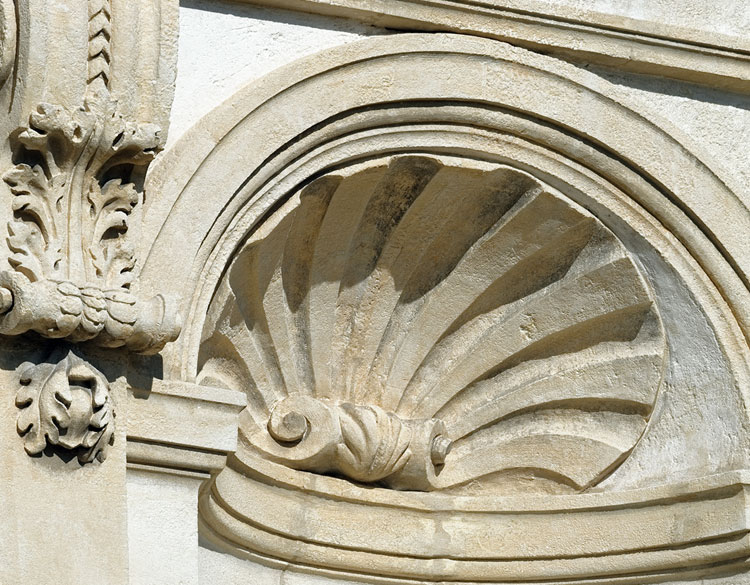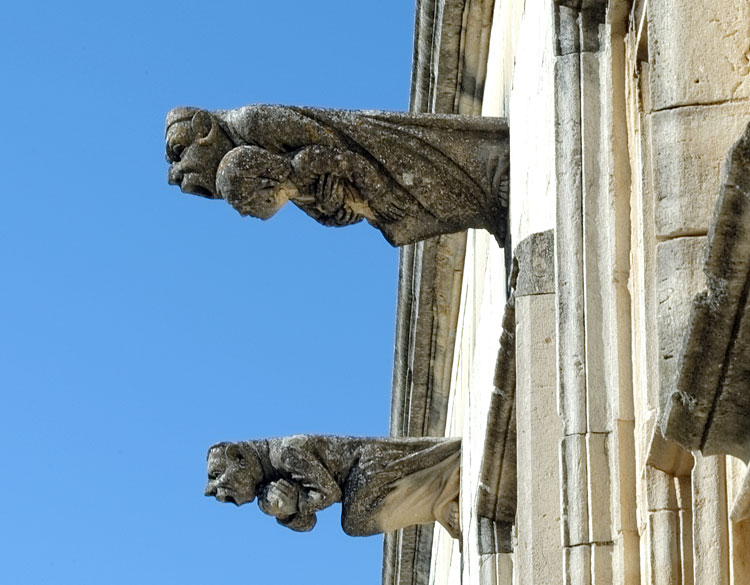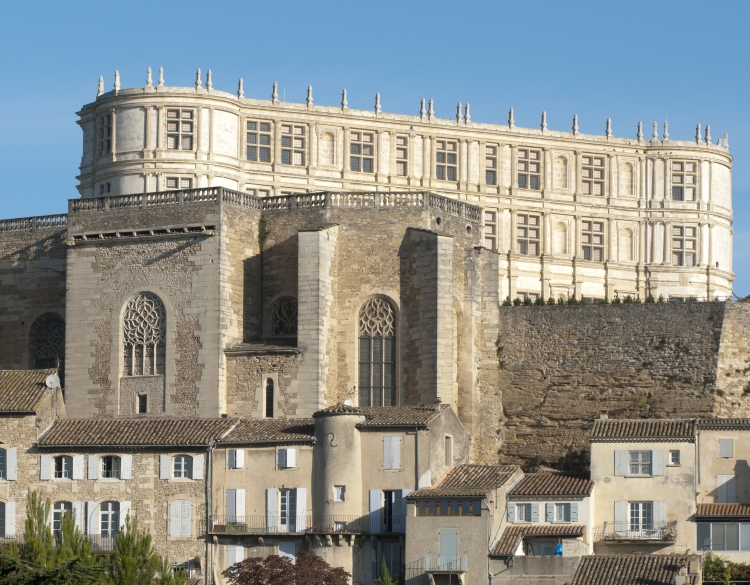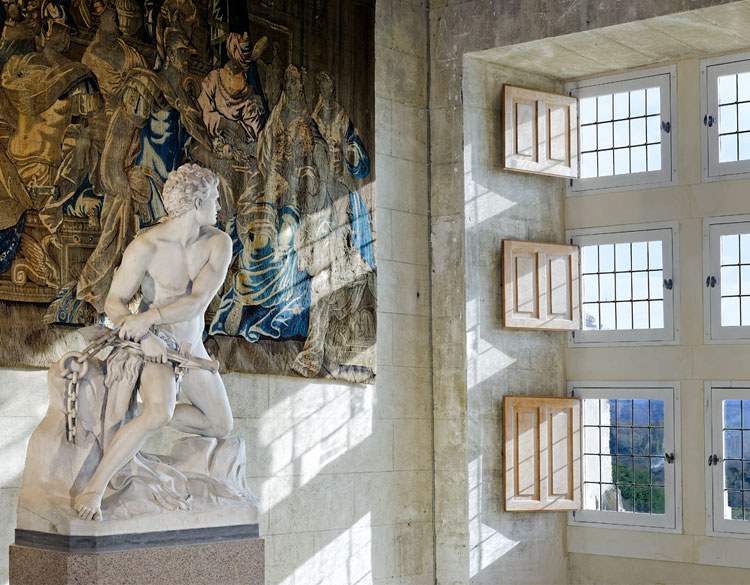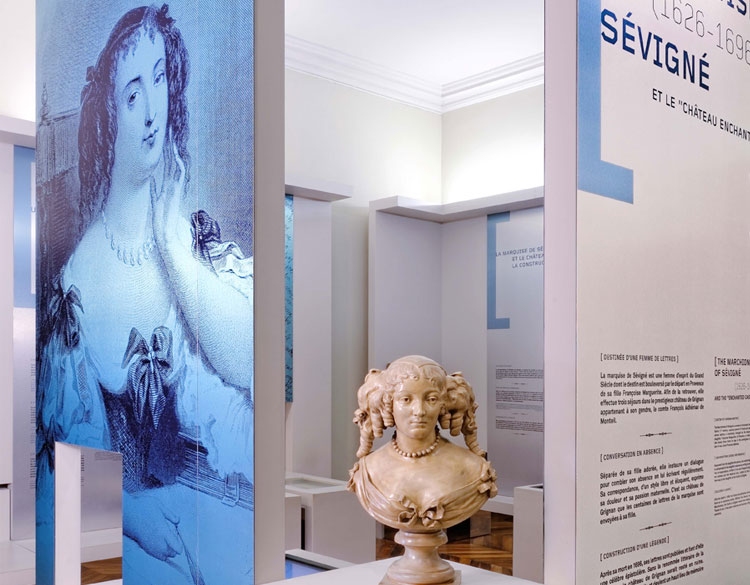A place, a story
Situated at a strategic crossroads, the site was occupied as early as prehistoric times. Later, in the troubled times of invasions, it became a stronghold. Nothing remains of the ancient Roman hill-fort, a public place of refuge; nor of the eleventh-century castle and very little of the one built in the 13th century which, little by little, lost its defensive function, even though the powerful Adhémar de Monteil family, masters of the place since 1239, reinforced its defences. But in the 15th century, the crenellations of the donjon were knocked down. Times were safer and the stronghold was turned into a ceremonial castle.
It was a little later on, at the time of Gaucher Adhémar and then of his son Louis, that Grignan reached its heyday. Gaucher, who was married to Diane de Montfort from the kingdom of Naples, was a very important figure and concurrently held the titles of Baron, Duke and Count. His son Louis, close friend of King François I who visited him in his castle in 1533 was even more powerful. Gentleman of the Privy Chamber, Ambassador of the Diet of Worms, Governor of Provence, he was also the King's Lieutenant General in the government of the Lyonnais, Forez and Beaujolais. He therefore needed an abode commensurate with his prestige.
When Louis died in 1558, his titles and possessions fell to the Castellane family, also extremely prestigious since François de Castellane-Ornano Adhémar de Monteil de Grignan was for a quarter of a century Lieutenant General of Provence, King Louis XIV's representative and, as such, a real "viceroy". In 1669, he married Françoise-Marguerite, the Marchioness of Sévigné's daughter, who thus became his third wife. The Marchioness of Sévigné's letters were to make the place famous. A real court was held there and they lived in grand style. Too much so without a doubt since, in 1714, when François de Grignan died, the family was bankrupt.
It was the beginning of the decline. The land and the château kept changing hands: those of Pauline of Simiane, the Count's daughter, of Jean-Baptiste de Félix du Muy in 1732, of Baron of Saint-Mesmes. The Revolution broke out then. Its owner having been wrongly denounced as an emigrant, the château had its furniture and works of art pillaged or sold. In 1794, the south façade was destroyed. Whereas the first visitors, readers of Madame de Sévigné, went there on pilgrimage, the monument stood in ruins.
The premises remained abandoned until 1838 when a well-off Grignan citizen, Léopold Faure, bought out the edifice. He set about repairing, consolidating what he could of the walls and roof, whilst buying here and there the furniture which had been scattered. This reprieve was short-lived. When he died, Boni de Castellane, a famous dandy, became his successor but, once again, only to dilapidate the partly-rebuilt heritage. Actually, it was not until 1912 that the revival of the château was to be seen.
Marie Fontaine, the rich widow of a chief administrator in the Navy, was an admirer of Madame de Sévigné's letters. A woman of taste, she began a huge restoration and rebuilding work, surrounding herself with well-advised counsellors, at vast expense obviously. But we have Marie Fontaine and her miraculous initiative to thank for the château as it stands today.
read more
